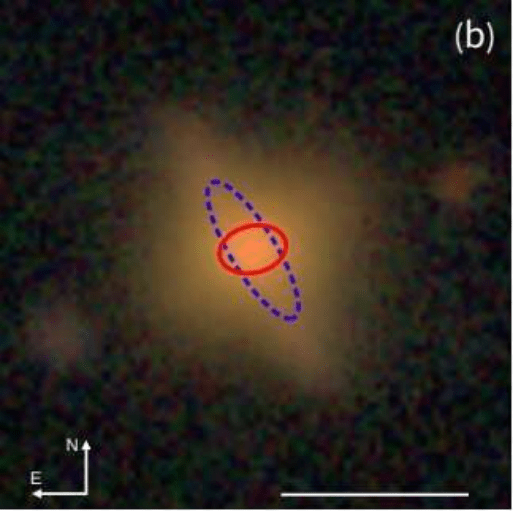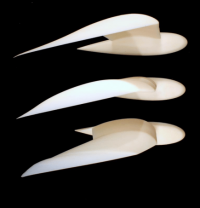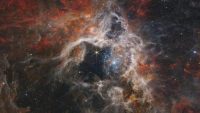Polar ring galaxies (PRGs), refers to systems of S0-like galaxies and polar rings that have remained separated for billions of years. Typically, these outer polar rings of gas and stars are aligned roughly perpendicular to the main axis of the central host galaxy.
However, although astronomers have discovered more than 400 PRG candidate galaxies, only 10 or so have been confirmed as true polar ring galaxies by spectroscopic observations. Therefore, in order to find more polar ring galaxies, the Japan Open University team conducted a detailed study of a sample of known PRGs using data from the HSC-SSP. Ultimately, they found a new PRG candidate, called “J0953” for short.
The study found that the stellar mass of J0953 is about 38.5 billion solar masses, and the star formation rate is about 2.66 solar masses per year. In addition, the radius of the host galaxy was measured to be 0.89 arcseconds, while the radius of the polar structure was measured to be 2.12 arcseconds.
The astronomers noted that the polar ring structure of J0953 is almost perpendicular to the disk of its host galaxy and does not show any disturbed features. In addition, the polar structure is blue, which means it may be younger than the host galaxy.
Sersic index is often used to describe the sharpness of the surface brightness profile, reflecting the concentration of starlight, etc. The researchers found that the host galaxy has a Sersic index of 2.94, which indicates that the host galaxy has an elliptical galaxy-like structure. In other words, the host galaxy may also be a disk galaxy.
The researchers said that more spectroscopic observations of J0953 should be carried out in the future to finally confirm its PRG properties, especially the motion properties of the host galaxy and polar structures need to be further studied. These studies will lead us to further unravel the mysteries of the vast universe.




GIPHY App Key not set. Please check settings